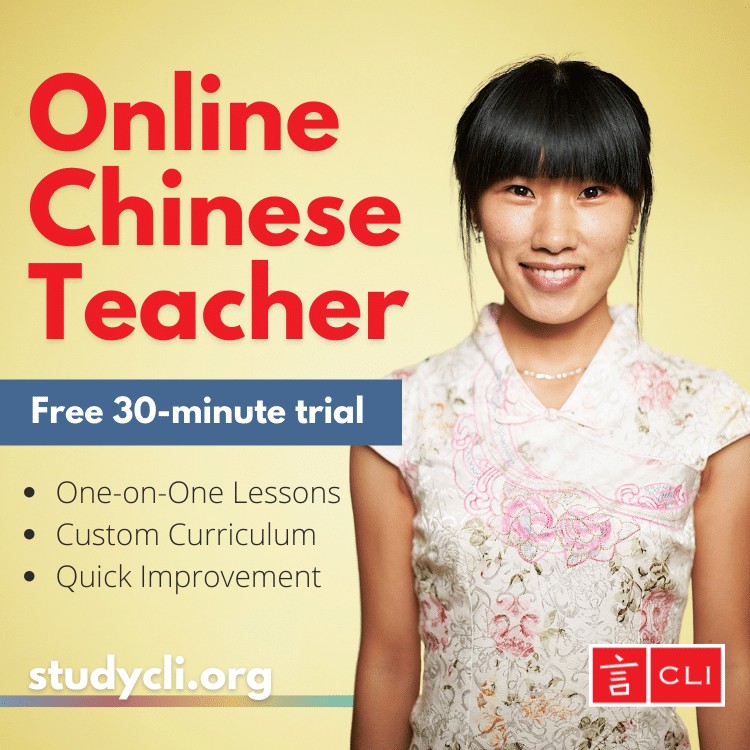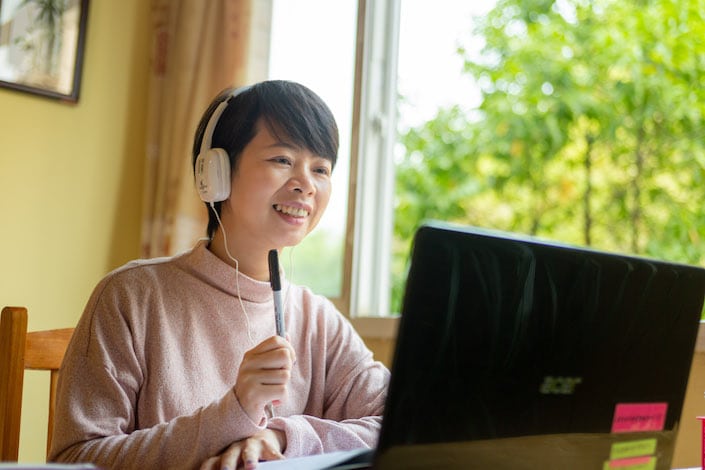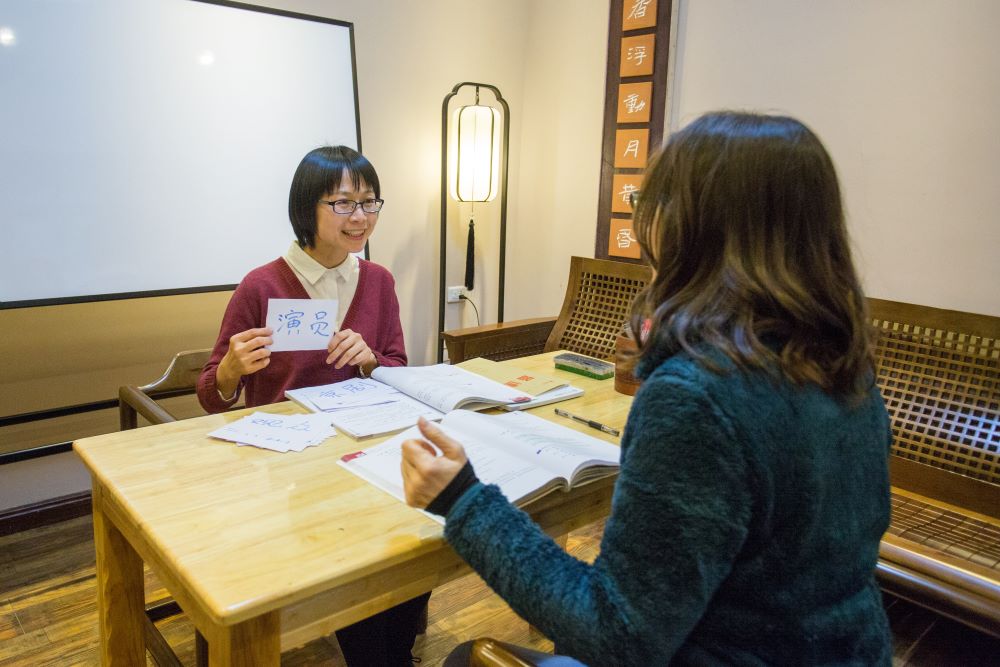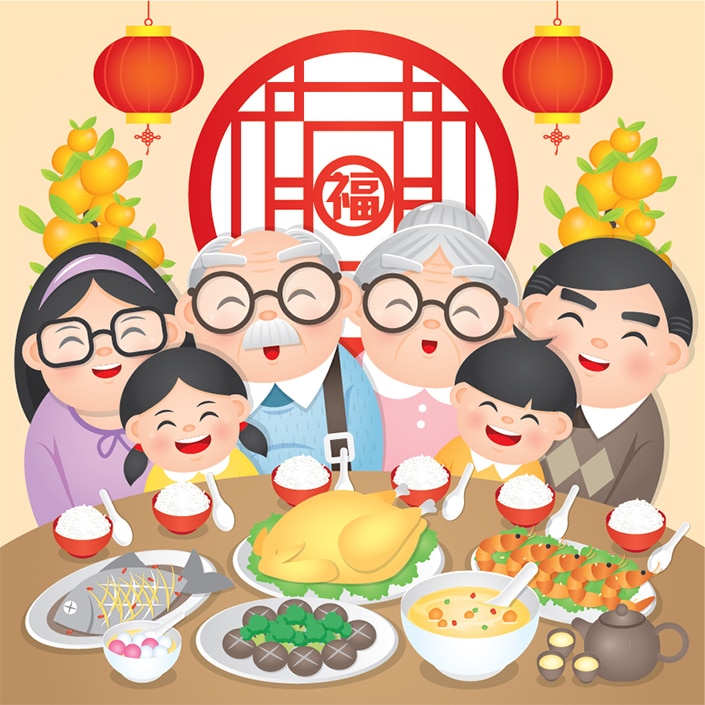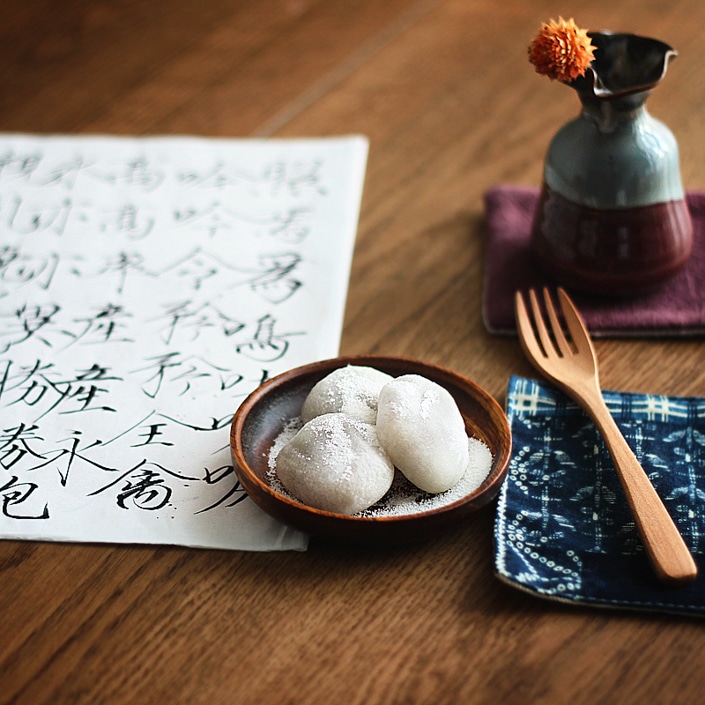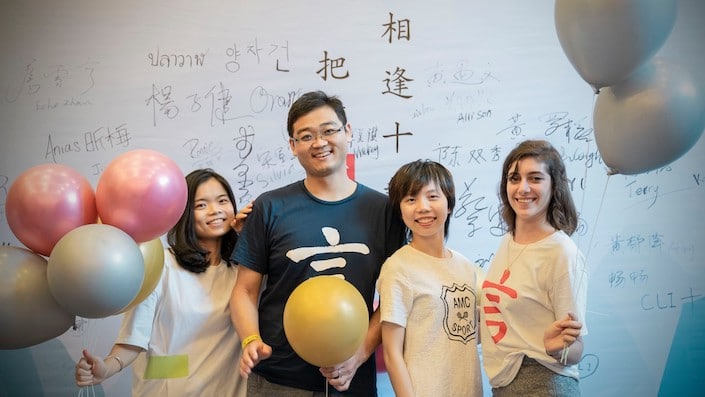Chinese Proverbs and Idioms on Learning and Education
Learn Chinese in China or on Zoom and gain fluency in Chinese!
Join CLI and learn Chinese with your personal team of Mandarin teachers online or in person at the CLI Center in Guilin, China.
Proverbs and idioms are integral components of the Chinese language. Passed down through the ages, these concise sayings often aim to impart inherited wisdom, historical tales, and even moral insights. Chinese proverbs about learning are perhaps the most profound of them all.
Read on to learn 12 great Chinese sayings about the world of learning and education.

Children in Guilin, China perusing books at a second-hand market behind Seven Star Park.
Table of Contents
Chinese proverbs about learning
One of the best ways to understand the immense value that Chinese culture places on learning is to explore education-related proverbs.
These concise statements can also serve as a source of inspiration for Chinese learners throughout their journey towards Mandarin mastery. 加油!
| 汉字 | Pinyin | English |
|---|---|---|
| 授人以鱼不如授人以渔 | shòu rén yǐ yú bùrú shòu rén yǐ yú | Give a man a fish and you feed him for one day. Teach a man to fish and you feed him for a lifetime. |
| 学如登山 | xué rú dēng shān | Studying is like climbing a mountain. |
| 念念不忘 | niànniàn-bùwàng | Study hard and don’t forget. |
| 三人行,必有我师 | sān rén xíng, bì yǒu wǒ shī | In a group of three people, there will always be one person I can learn from. |
| 师傅领进门,修行在个人 | shīfù lǐng jìnmén, xiūxíng zài gèrén | Teachers open the door; you enter by yourself. |
| 活到老,学到老 | huó dào lǎo, xué dào lǎo | Live until you're old, study until you're old. |
| 严师出高徒 | yánshī chū gāotú | Strict teachers produce brilliant students. |
| 读万卷书不如行万里路 | dú wàn juǎn shū bùrú xíng wàn lǐ lù | Reading ten thousand books is not as good as walking a thousand miles. |
| 学无止境 | xué wú zhǐ jìng | Learning is limitless. |
| 学然后知不足 | xué ránhòu zhī bùzú | To learn is to encounter one’s own ignorance. |
| 教学相长 | jiàoxué-xiāngzhǎng | When you teach someone, both teacher and student benefit. |
| 温故而知新 | wēngù’érzhīxīn | Studying the past helps to understand the present. |
Download the above table as a PDF or you can view it in Google Sheets.
Here's a more detailed explanation for each of the above Chinese proverbs about learning:
授人以鱼不如授人以渔
- Pinyin: shòu rén yǐ yú bùrú shòu rén yǐ yú
- English: Give a man a fish and you feed him for one day. Teach a man to fish and you feed him for a lifetime.
- Explanation: Easily translated between Chinese and English, this ancient insight emphasizes that teaching someone a skill, rather than simply procuring the reward for them, is the best way to help them achieve lifelong success.
学如登山
- Pinyin: xué rú dēng shān
- English: Studying is like climbing a mountain.
- Explanation: Encourage your Chinese friends to keep working hard with this inspiring adage. Remember, while the road ahead may be steep like a mountain trail, the view from the top will surely be worth it!
念念不忘
- Pinyin: niànniàn-bùwàng
- English: Study hard and don’t forget.
- Explanation: This proverb is similar to the English saying “where there’s a will, there’s a way.” It encourages the recipient to continue pondering a problem and not to quickly forget something learned by neglecting one’s studies.
三人行,必有我师
- Pinyin: sān rén xíng, bì yǒu wǒ shī
- English: In a group of three people, there will always be one person I can learn from.
- Explanation: Confucius made many sagacious statements about learning in his life and works. As one of the most famous quotes from the Confucian Analects, this positive anecdote reminds us to stay open-minded when interacting with and learning from others. Everyone (or at least one of the two people you are ‘walking’ with) has something unique to teach you.
师傅领进门,修行在个人
- Pinyin: shīfù lǐng jìnmén, xiūxíng zài gèrén
- English: Teachers open the door; you enter by yourself.
- Explanation: Remember to take responsibility for your own learning with the help of this proverb, which demonstrates how education is a duty shared between the teacher and student. Note that 修行 (xiū xíng) means to devote oneself to perfecting a craft or spiritual practice.
活到老,学到老
- Pinyin: huó dào lǎo, xué dào lǎo
- English: Live until you're old, study until you're old.
- Pinyin: Never stop learning! This charming saying reminds us that one is never too old to learn something new.
严师出高徒
- Pinyin: yánshī chū gāotú
- English: Strict teachers produce brilliant students.
- Explanation: If you’ve ever been an educator or had a really tough teacher, you may either agree or disagree with this sentiment. Either way, this proverb speaks to the traditional Chinese notion that tough love and rigor is the most effective method for educating students and children.
读万卷书不如行万里路
- Pinyin: dú wàn juǎn shū bùrú xíng wàn lǐ lù
- English: Reading ten thousand books is not as good as walking a thousand miles.
- Explanation: For all the adventurers with a bad case of wanderlust out there, be sure to quote this proverb next time your friends or family tell you to stay indoors and study when you would rather be outside exploring. This philosophy validates the notion that life experience may, in fact, be more important than purely conceptual knowledge.
学无止境
- Pinyin: xué wú zhǐ jìng
- English: Learning is limitless.
- Explanation: Literally meaning “study has no boundaries,” this proverb speaks to the infinite universe of knowledge that awaits you. In life, there is always something new to study—we think this saying is especially true when it comes to learning Chinese!
学然后知不足
- Pinyin: xué ránhòu zhī bùzú
- English: To learn is to encounter one’s own ignorance.
- Explanation: A quote from the Confucian classic Book of Rites, 学然后知不足 (xué ránhòu zhī bùzú) is an important proverb for remembering humility and translates literally as “learn, then know your deficiencies.” In the original text, this quote is followed by the parallel clause 教然后知困 (jiāo ránhòu zhī kùn), meaning “teach, then know your difficulties.”
教学相长
- Pinyin: jiàoxué-xiāngzhǎng
- English: When you teach someone, both teacher and student benefit.
- Explanation: This proverb is a helpful reminder that teaching can be a great way to continue learning. As the familiar theory goes, teaching someone is a useful way to learn and retain new information.
温故而知新
- Pinyin: wēngù’érzhīxīn
- English: Studying the past helps to understand the present.
- Explanation: Another idiom derived directly from the Confucian Analects, this proverb advocates for the importance of considering the past in order to apply lessons to the present and future.

A drawing featuring a traditional Chinese school in the early 20th century.
A brief history of education in China
As home to one of the world’s oldest civilizations, China has long placed great importance on 教育 (jiàoyù; education). Historians date the beginning of institutionalized education in the Middle Kingdom to the 16th century BC.
The Four Books and The Five Classics
At the time, educational pedagogy was rooted in Confucianism, a moral ideology and school of thought founded by the esteemed scholar, philosopher, and teacher 孔子 (kǒngzǐ; Confucius).
Like filial piety, hierarchical governance, and moral virtue, the essential role of education within China’s broader value system was shaped in accordance with Confucian thought. Speaking to the importance of practice, or learning, as a vital framework in building effective societies, Confucius once said, “By nature, men are alike. By practice, men become far apart.”

Confucius (551–479 BCE), scholar of unmatched stature in Chinese history, holding class with his pupils.
In the early era of Confucian-style education during the Spring and Autumn and Warring States periods (770-221 BCE), schooling was reserved as a privilege for the elite, and academies were established to educate the children of nobility.
Confucian curriculum—as consolidated by his disciples—was based on the philosopher’s founding texts, known as The Four Books and The Five Classics (四书五经 Sìshū Wǔjīng). The Confucian doctrines that emerged during this period created an enduring structure for educational pedagogy in China.
The Four Books (四书 sìshū)
- Great Learning (大学 dà xué)
- Doctrine of the Mean (中庸 zhōng yōng)
- Confucian Analects (论语 lún yǔ)
- Works of Mencius (孟子 mèng zǐ)

The Works of Mencius & The Great Learning
The Five Classics (五经 wǔjīng)
- Book of Poetry (诗经 shī jīng), also known as Book of Songs or Book of Odes
- Book of Documents (书经 shū jīng), also known as Classic of History
- Book of Rites (礼记 lǐ jì)
- Book of Changes (易经 yì jīng)
- Spring and Autumn Annals (春秋 chūn qiū)

The complete anthology of the Five Classics
Throughout the subsequent dynasties, official schools and professional colleges sprung up around the nation as Confucian education continued to take root. At the same time, private schools, which also trained students in Buddhism, Daoism, and other schools of thought, were established by scholars and often sponsored by academics belonging to the local elite.
The civil service exam
First established during the Sui dynasty (581-618 CE), the civil service exam, also called the imperial examination, quickly became a mainstay of China’s educational system and workforce.
Testing students on Confucian doctrine over a rigorous multi-day exam, the exam offered an opportunity for any male to enter a bureaucratic government position. In many ways, this centralized exam symbolized an inclination towards social mobility taking root across the country.

The civil service examination, officially established during the Sui dynasty (581-618 CE), was a highly innovative feature of the Chinese imperial system that promoted achievement through merit rather than birth or family line.
However, while the exam theoretically provided equal opportunity to all candidates, individuals were typically confined in their inherited social class. Despite the innovation, it remained unlikely for a peasant to become a high-ranking official.
In the wake of the Opium War—nearly 1,300 years after initial implementation of the exam—local officials and intellectuals suggested a reframing of the entire educational system in China. The imperial examination was formally abolished with the fall of the Qing dynasty in the early 20th century. Thus, new education models introduced by Japan and the West were inaugurated.
Education in China today
Education remains a cornerstone of contemporary Chinese society. State-run public schools, international private schools, and every model in between can be found operating throughout the country.
In 1986, following China’s 改革开放 (gǎigé kāifàng; Reform and Opening-up, a series of economic reforms initiated by Deng Xiaoping in 1978), the Chinese government passed the Nine-Year Compulsory Education Law, deeming it mandatory for all children to attend nine years of basic, formal education.
China’s Ministry of Education estimates that 99% of the country’s youth participates in nine years of basic schooling. Furthermore, it estimates that over 96% of China’s adult population is literate, a staggering accomplishment considering its challenged starting point at the conclusion of the Mao-era.

Chinese middle school students in the 1980s
A day in the life
A typical school day for children in China begins around 7:00 AM and finishes late in the evening. Students’ schedules are filled with general subjects such as English, Chinese, math, science, history, and geography. Chinese students also have daily breaks for physical exercises and extracurricular clubs.
During the weekends and evenings, most students also participate in 补习班 (bǔxíbān; training school) courses to strengthen their academic skills and better prepare them for acceptance to a top university.
If you’ve ever chatted with Chinese friends about their school experience or taught English in China, you have undoubtedly heard of the 高考 (gāokǎo; literally meaning “high exam”), the national exam required for college admission and considered to be the pinnacle of every Chinese students’ K-12 education.
Reminiscent of the imperial exam in terms of social significance, the gāokǎo is often regarded as the most important rite of passage for many young people, dictating their school curriculum and in many ways determining their future.

Students preparing for 高考 (gāokǎo), the Chinese college entrance exam.
Learning in China and learning overseas
To date, China is the third-largest study abroad destination for international students following the United States and the United Kingdom. In terms of China's outbound study abroad prowess, Chinese students account for the largest percentage of international students studying in overseas universities.
Improving the quality of education and providing universal access to all citizens continues to be a major focus of China’s development initiatives.
| Hànzì | Pīnyīn | Definition |
|---|---|---|
| 学习 | xuéxí | study |
| 学生 | xuéshēng | student |
| 学校 | xuéxiào | school |
| 小学 | xiǎoxué | primary school |
| 中学 | zhōngxué | middle school |
| 高级中学 | gāojí zhōngxué | high school |
| 大学 | dàxué | university |
| 学费 | xuéfèi | tuition |
| 学院 | xuéyuàn | (academic) department |
| 商学院 | shāngxuéyuàn | business school |
| 学期 | xuéqī | semester |
| 学会 | xuéhuì | to master (information or knowledge) |
| 学界 | xuéjiè | academia |
| 学历 | xuélì | educational background |
| 学霸 | xuébà | straight-A student |
| 文学 | wénxué | literature |
| 科学 | kēxué | science |
| 心理学 | xīnlǐxué | psychology |
| 地理学 | dìlǐxué | geography |
| 化学 | huàxué | chemistry |
| 数学 | shùxué | mathematics |
| 经济学 | jīngjìxué | (the study of) economics |
While browsing through the above proverbs and vocabulary list, you may notice that several words and phrases contain the character 学 (xué; to study). As one of the 100 most common Chinese characters, 学 (xué) is both widely used and straightforward in meaning. It’s also one of the first words that most Chinese language students learn.
学 (xué) is primarily used to mean “study” as a noun (e.g., a field of study) or verb (to study) and can also mean “-ology” or “study of” (e.g., biology 生物学 shēngwùxué or philosophy 哲学 zhéxué).
Paired with 习 (xí; practice or habit), 学习 (xuéxí) becomes one of the most common character compounds, translating into English simply as “study.”
The journey continues!
We invite you to check out CLI's introduction to Chinese idioms and our article on Chinese proverbs about family. Last but not least, we welcome you to learn Chinese in China with CLI as your guide.

Anias has lived, studied and worked in China and Taiwan for over 7 years. During this time, she has developed an expertise in Chinese culture and contemporary Chinese society. Anias holds a BA in East Asian Studies and Chinese Language from Bard College. She currently lives in Taiwan and is fluent in Chinese.



